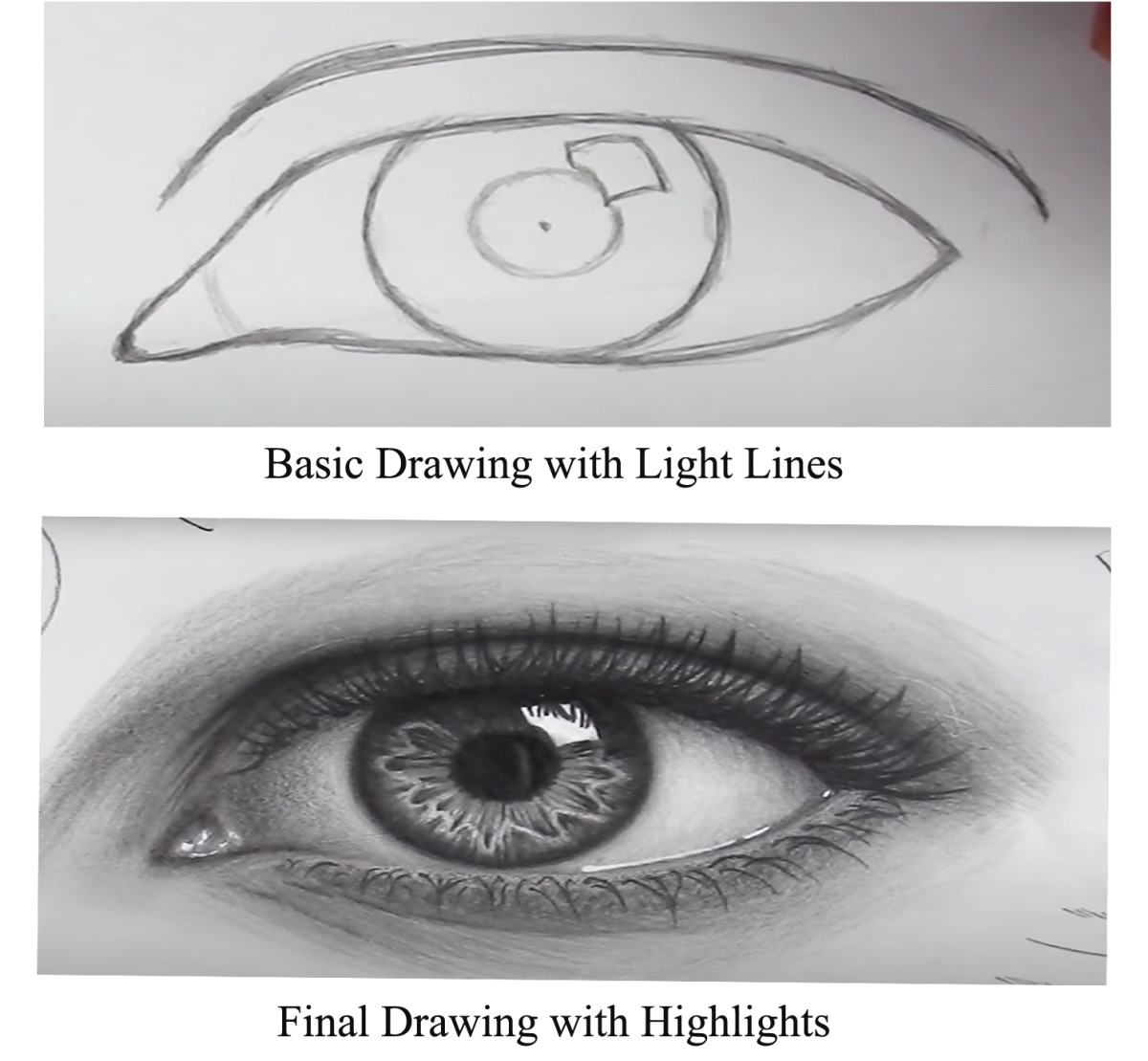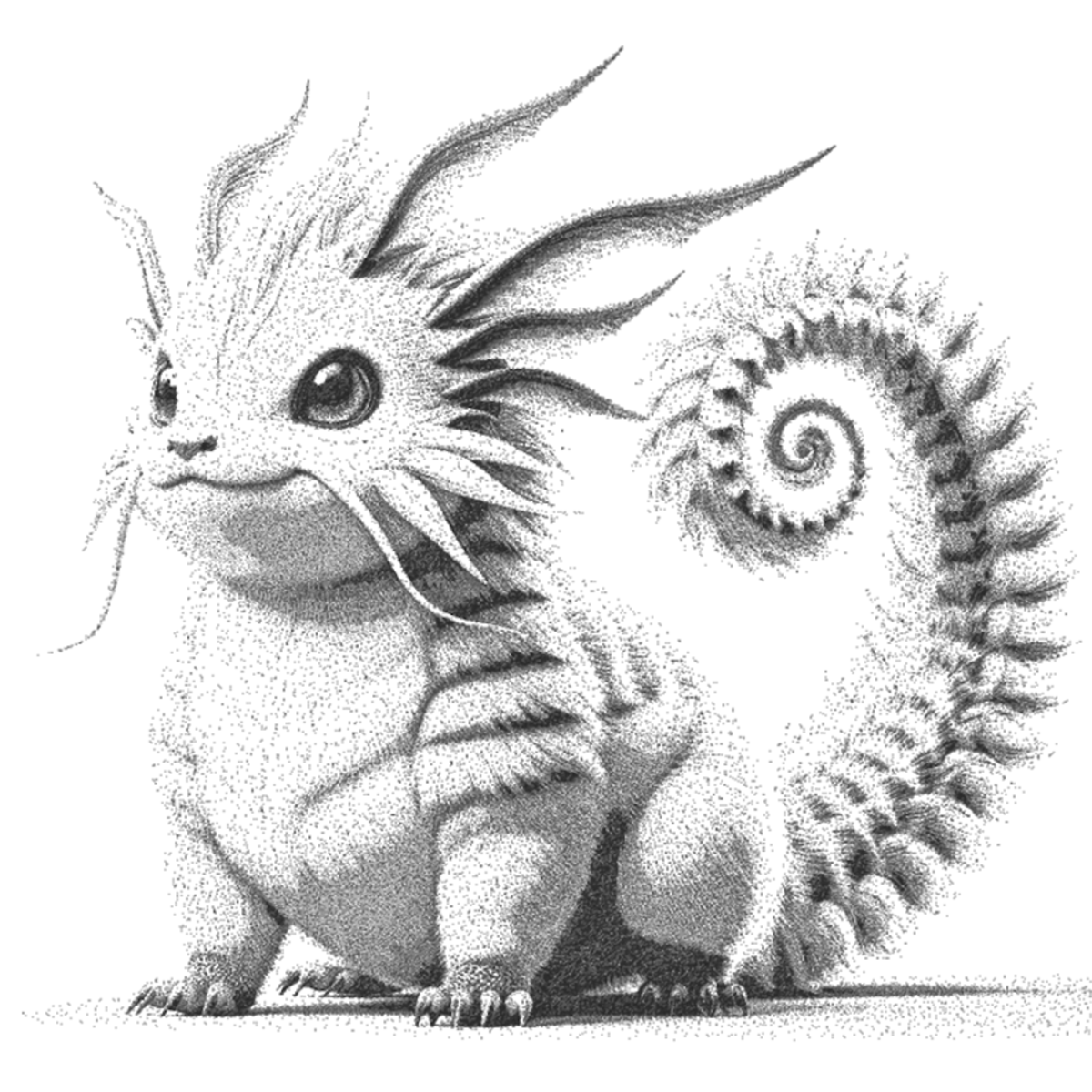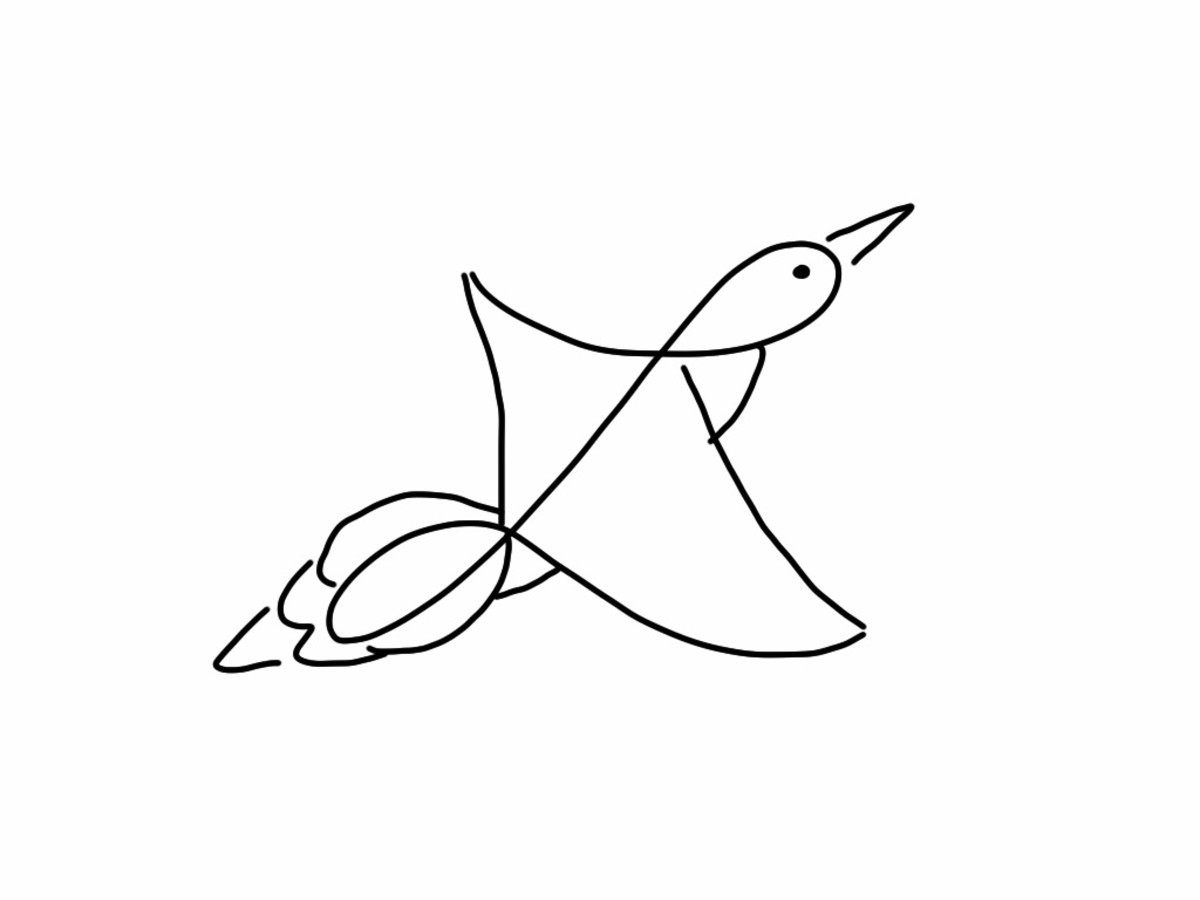From Amateur Art to Manga Illustration: Self-Teaching A New Style



To begin with, I do not have a great deal of formal training in art. The greater majority of the formal training I do have is in drawing. But, even that only goes so far. Much to my surprise and disappointment, I found that I was unable to survive academically as an art student. I was forced to abandon formal art study because of my inability to comprehend certain basic concepts like composition and movement. I was also afflicted with poor color perception. (I didn’t really know it at the time, but it was causing me some serious [academically fatal] problems in my color medium classes.)
In spite of these problems, however, I didn’t stop drawing. According to those around me, I was pretty good at it. And, I enjoyed it very much. Over the years I’ve done a healthy amount of portraiture. And I’ve indulged myself in what I’ve been calling fine art. (In my ignorance, I would guess that it actually doesn’t qualify as “fine art”. But, for lack of a better term, I’ve been calling it that anyway.) Drawing as much as I have over the years, I’ve developed my own habits and techniques, most of which were developed to compensate for functional shortcomings like the inability to use certain tools effectively. I’ve always been a fan of realists and super-realists, though I’ve never been able to come close to matching their work. But, according to the testimony of some, I wasn’t too shabby at it.
Some years after ending my little adventure in the study of art, I discovered anime. Wading through my neck-deep ignorance of anime as an art form, it took me even more years to discover manga and come to the understanding that it is actually the source of anime. But, just the same, I was intrigued. Long story short, after a while I developed an interest in learning manga illustration. By the time I developed this interest, I had come to understand that manga illustration was something of a standardized system. I had seen that there were differing styles within this system, but, these styles stayed within what I’m going to call certain “illustrational parameters”. Also, I was always impressed with the “impression” of detail in manga illustration. It’s always quite clear to see that there isn’t (at least not usually) a great deal of detail present in manga illustrations. However, there is the use of shade and highlight to produce the illusion of detail. From square one, I always found this very impressive. The little straw that pushed me over was the fact that the faces of manga and anime characters are drawn the way they are to indicate personality and character traits in the characters. The novelty of that just never wore off for me.
Once I decided I was going to learn manga illustration, I discovered that I hadn’t the slightest idea how to proceed. I wasn’t in a position to pursue formal instruction, so when, where, or under whom I was going to study wasn’t an issue. I had to figure out a way to teach myself manga illustration. And, I had no idea where to begin.



My First Steps
In examining the differences between the kind of work I was accustomed to doing and manga illustration, I discovered that I needed to acquaint myself with the style. The most basic way I could think of to do that was to simply draw copies of some samples of anime or manga. Proceeding in this fashion taught me more than I thought it would. Once I began, I discovered that it wasn’t just about acquainting my hands with the style. It was about acquainting my head with it. And that was going to entail a lot of time and work.
In the course of drawing styles of manga and anime illustration, I discovered that there were ways of thinking that were typical to the kind of work I was accustomed to doing that were, for all intents and practical purposes, getting in the way. It was not my intention to do away with or “unlearn” what I knew about the kind of work that I did. I had no intention of giving it up. So, I was going to have to find a way to control it. And, having accomplished that, I could develop and establish a new system of thought that would facilitate effective manga illustration techniques. The more I worked at it, the harder and more involved it became. It may look simple, but if you’re trying to get used to doing something that’s completely different from what you usually do, it can turn out to be a far more daunting task than you know.
After functionally sampling a number of specimens of anime and manga illustrations, I began to move toward a kind of personal style of my own. At that point, however, it was pretty much all in my head. And, it was more like a preference than an actual, developed drawing style. I was discovering that there was a lot more that I was going to have to learn before I reached that point. But, at least I knew what I liked. I didn’t have anything concrete in my head yet (in fact, at this point, I still don’t), but I had an excellent idea of where I was headed. And, knowing where I was headed, I knew that it was time for a change in my approach.


Examining The Mechanics
At this point, I thought it was a good time to take a look at the mechanics of what I was trying to teach myself. With the help of some instructional literature, I began working toward some variety of functional autonomy in manga figure drawing.
What I’m describing as “functional autonomy” is simply the ability to produce dynamic renderings of style-consistent figures without the aid of references. Most artists (or, at least, most of the ones I’ve seen) can do this without thinking about it. Unfortunately, I’m not one of them. How a subject appears from different points of view can be somewhat involved if you’re not intuitively aware of proportions and features at any given angle. Just as this is the case with realistic human figures, it is also the case with manga illustration figures. The same type of mechanics that are employed with human figure drawing are employed with manga figure drawing. The difference is that, with manga figure drawing, the mechanics are adjusted to maintain a framework that preserves the stylization.
With the instructional literature that I was using, the features of the face were the first order of business. Because of the fact that a manga character’s personality or character traits are revealed in the eyes, how to draw eyes was the first thing demonstrated. The other features of the face usually appear very small and standardized. The eyes and the hair are generally the means by which any given character is identified. And, of course, the head and hair were demonstrated next.




Where I Am Now
As of now, I continue to practice and investigate the mechanics of manga figure drawing. I still draw copies of anime and manga illustrations to continue to accustom myself to the general style. I want to get myself to the point where I can render this kind of illustration without thinking about it, and without references. Even at this point, that’s going to take a lot more time and work.
I’m about to move into the area of full body manga character drawing. Just in considering it, I’ve discovered that, to do it effectively, I need to be proficient at realistic figure drawing. I know I can always consult references, but, where manga illustration is concerned, doing that can become something of a hindrance. It is my intention to delve more into human figure drawing in order to make learning manga figure drawing a bit easier. But, as human figure drawing is something of a comprehensive subject, I’m thinking it’s going to take a healthy amount of time.
From time to time I conduct experiments to see whether I’ve made any mental progress in making manga style illustration more of a reflex than an effort. I still have quite a ways to go. Just the same, the effort continues. I’m finding the process of learning manga illustration quite enjoyable, despite the time and effort it increasingly requires.







